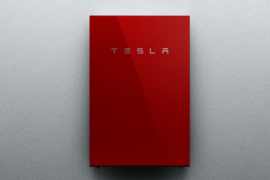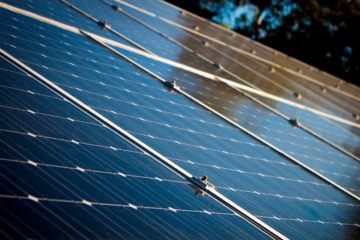When it comes to Solar most people understand it’s benefits. For a moderate up front cost you can generate your own electricity for free for decades. However as Home Battery Energy Storage Systems are still a bit new, most aren’t as sure on what their benefits are.
Obviously batteries store electricity so you can use it later on, but how exactly does that make you money and are there any other benefits?
Time-Based Control

To start with let’s focus a bit on the main ways Battery Storage Systems are useful and that’s having full control over what type of power you use and when.
For many in Australian (and in other countries too) power used during the middle of the day is far more expensive than power used at night. Even if you don’t have any solar panels installed a battery can still save you money by charging up on cheap grid power during the night so you can avoid purchasing high-cost electricity during the day.
For example if you charge up a LG Chem Resu 10 battery with the full, usable capacity of 8.8 kWh’s of power during the night when power costs $0.10, you’ve spent $0.88.
If you then use those 8.8 kWh’s of power during the day time when power costs $0.35 that’s saved you ($0.35 – $0.10) * 8.8 = $2.20. Do that all year and you’ve saved $803. Given that LG battery has a 10 year warranty you should be able to make those savings for 10 years meaning a potential of $8,030 in savings.
Currently that LG battery costs about $7,650, so it basically pays for itself if you use it this way, every day for 10 years. That being said, the 10 year warranty guarantees that the battery will still be at 60% after those 10 years. This means you’ll still have a usable capacity of at least ~5.3 kWh to use. Maybe it lasts another 5+ years meaning you’ll save $8,030 + $2,418 = $10,448 total. A tidy profit of about $2,800 over 15 years or an ROI of 2.4%, not bad.
The other way it can also make money is by storing solar power for use later on in the day when power is expensive. This means if you have a very low Feed in Tariff (FiT) rate of say $0.10 / kWh, you can instead store that power in your battery and use it at night when power is still high at $0.35.
Once again this saves you $0.25 / kWh meaning that it should essentially pay itself off over 10+ years or so. That being said 10 years is quite a long time and who knows what will happen to power prices.
Seamless Backup Power

Saving money by arbitrage of the power prices isn’t the only benefit of Battery Storage Systems. One of the other main bonuses is that if your area has a black out it can continue to keep the house running.
While this feature isn’t available in all battery systems, it’s getting more common especially in the newer models like the Tesla Powerwall 2. This 14 kWh battery can isolate your specific home from the grid when it detects a power outage and keep all your appliances running smoothly.
While our home doesn’t really have any problems with black outs, many cities around the world can have them frequently and if you’re out in the country it can be even worse. This is because if a black out does hit, it’s likely to take the power company far longer to fix it. As such, having your home run on solar + batteries could save you a lot of trouble.
It can also be a fantastic feature for those living in places that get hit by storms frequently. For example you might be OK with a battery system taking 10 years to pay for itself if it means you’ll have reliable power the next time a hurricane hits your area.
Self-Powered And Renewable
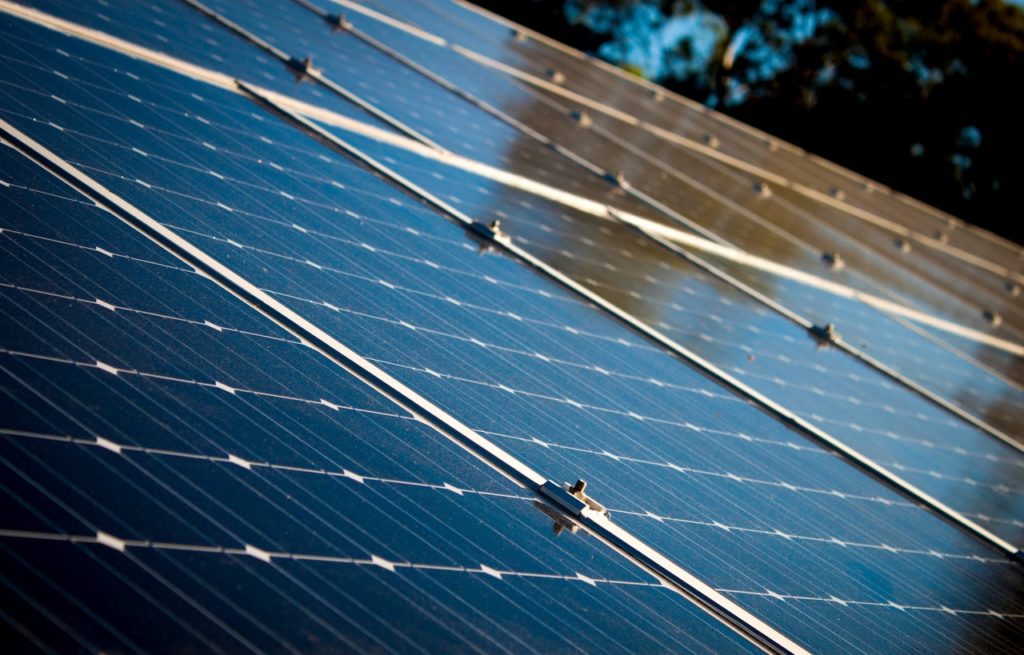
Finally one of the biggest reasons many get batteries at the moment is because they have the money and they want to help push action on Climate Change forward.
Especially here in Australia where both NSW and VIC use huge amounts of polluting coal to power the grid, combining solar and a big battery can mean your home virtually always runs on renewable power.
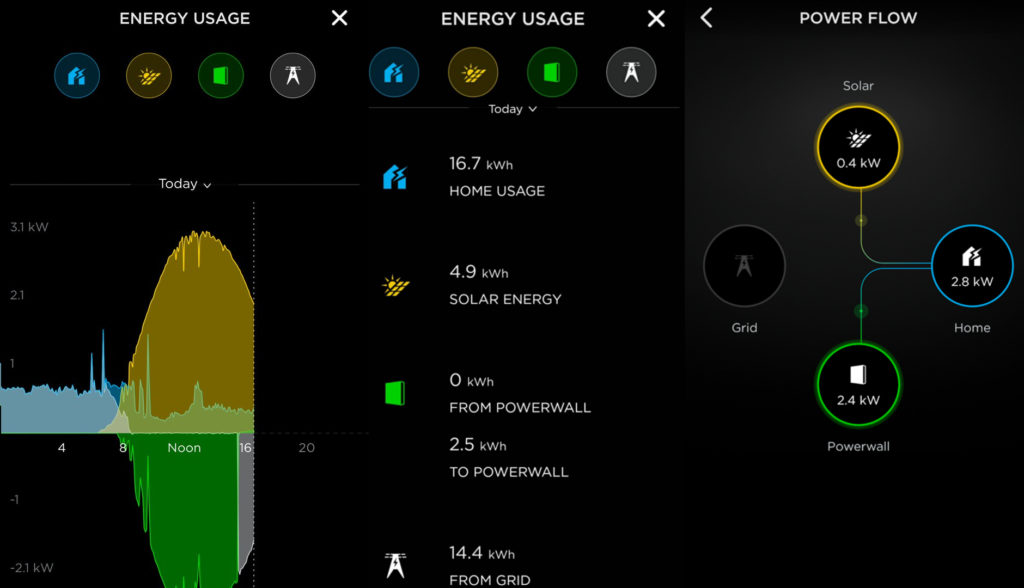
While it obviously depends on the size of the battery as well as how big your solar array is, it’s quite common for house to run almost all the time on their own solar power.
If you’ve also got an EV, you can then charge it up on sunshine as well, meaning both your home and transportation is basically all running on renewable energy.
Almost At The Tipping Point
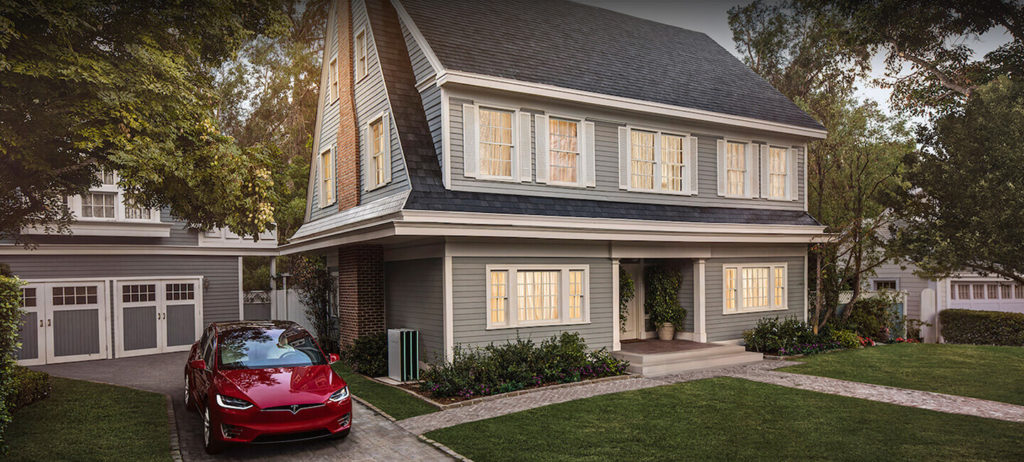
Five years ago it was incredibly expensive to buy batteries for your home with the market mostly focusing on lead acid batteries. Now everything has shifted to lithium ion and there’s multiple huge companies like Tesla, LG and Samsung all vying for a place in your home.
In most countries home battery storage systems still don’t really make financial sense though. This is usually because the price of power is relatively low, but here in Australia we unfortunately don’t have low power prices.
A silver lining to that however is that it brings most battery systems right up to the tipping point of making financial sense. As seen above by my back of the envelope calculations, they can work out in your financial favour, albeit over quite a long time period.
However given the financials are now decently solid paired with the other benefits mentioned above, many are now starting to add them to their home. Some of the Australian state governments are also throwing in grants to encourage the uptake too which is great.
Over the next 5 years though we’re going to see prices plummet as the technologies improve and the large battery companies scale up production. By 2024 prices are looking to reduce by more than half. If inflation of power prices continues too this should push the pay back period down to around 3-4 years which is where solar is about now in Australia.
At that point – like it is now with solar – you’d be financially stupid not to have a battery in your house saving you money. Everyone will still use and be connected to the main grid… they’ll just barely use it as their solar and battery systems take care of 80-95% of their power needs daily.
The benefits include: 1) How to get those silky smooth videos that everyone loves to watch, even if you're new 2) How to fly your drone, from taking off to the most advanced flight modes 3) Clear outlines of how to fly with step-by-step instructional demonstrations and more 4) Why flying indoors often results in new pilots crashing their drone 5) What other great 3rd party apps are out there to get the most out of your drone 6) A huge mistake many pilots make when storing their drone in the car and how to avoid it 7) How to do all of these things whilst flying safely and within your countries laws.


